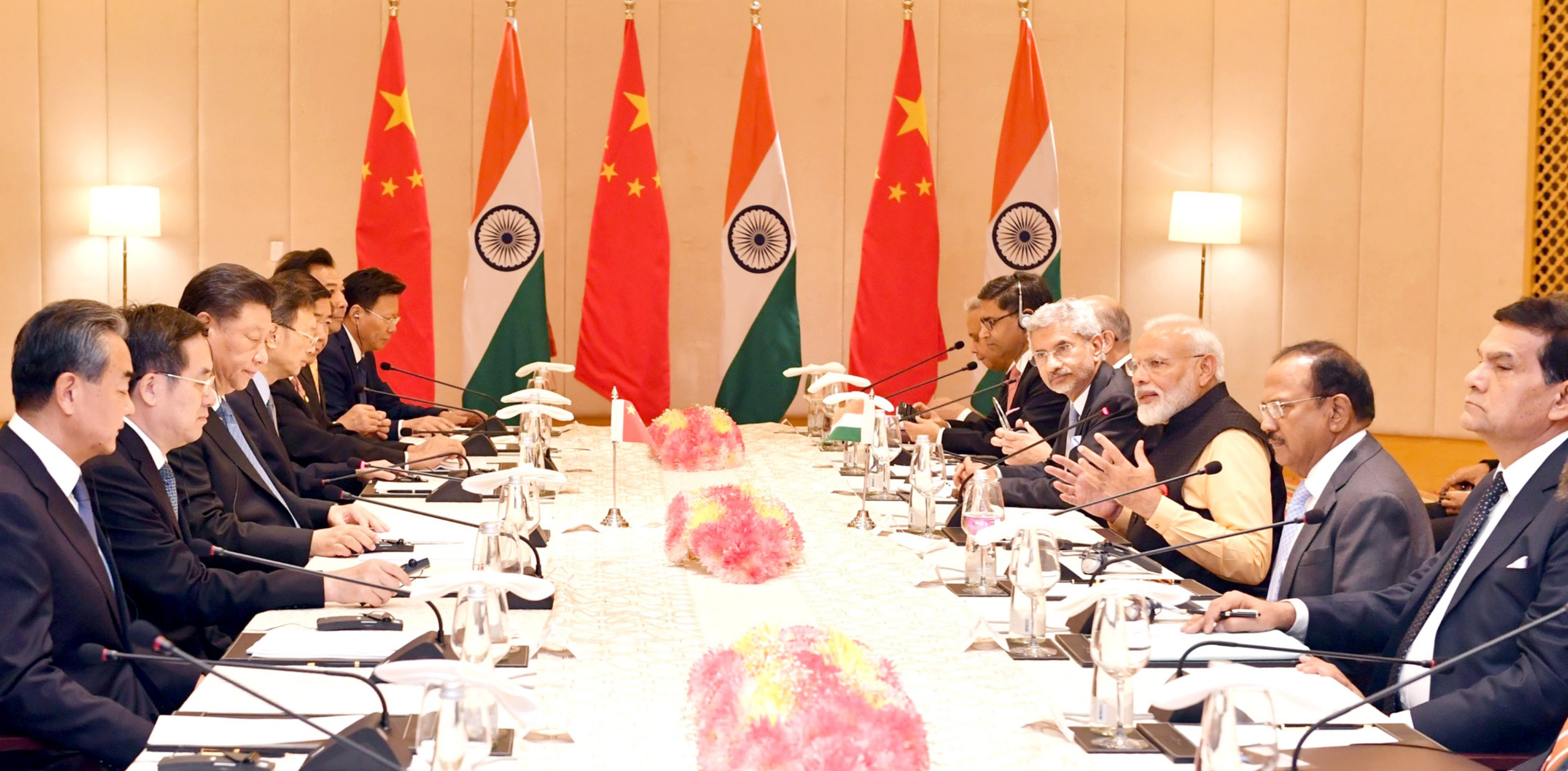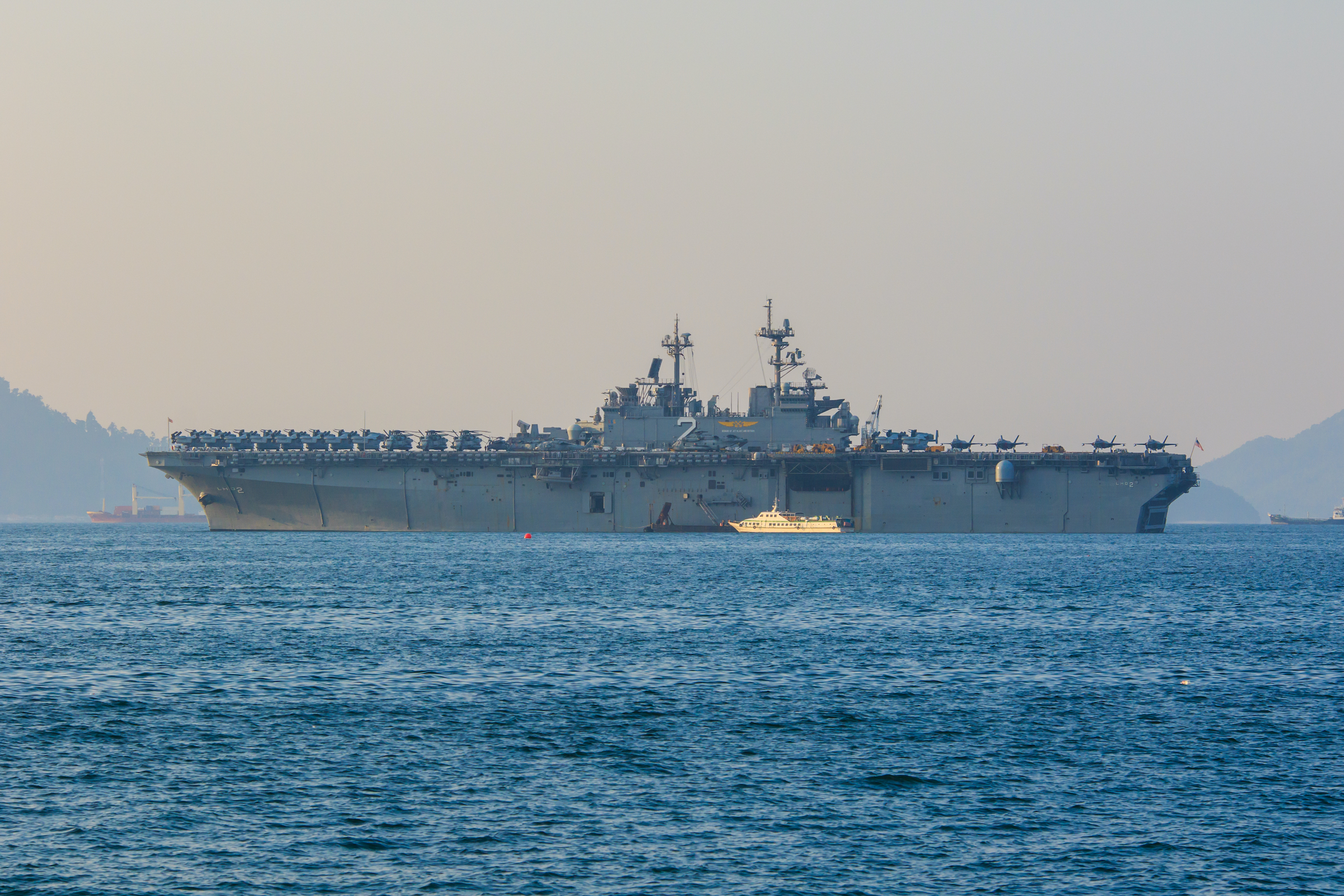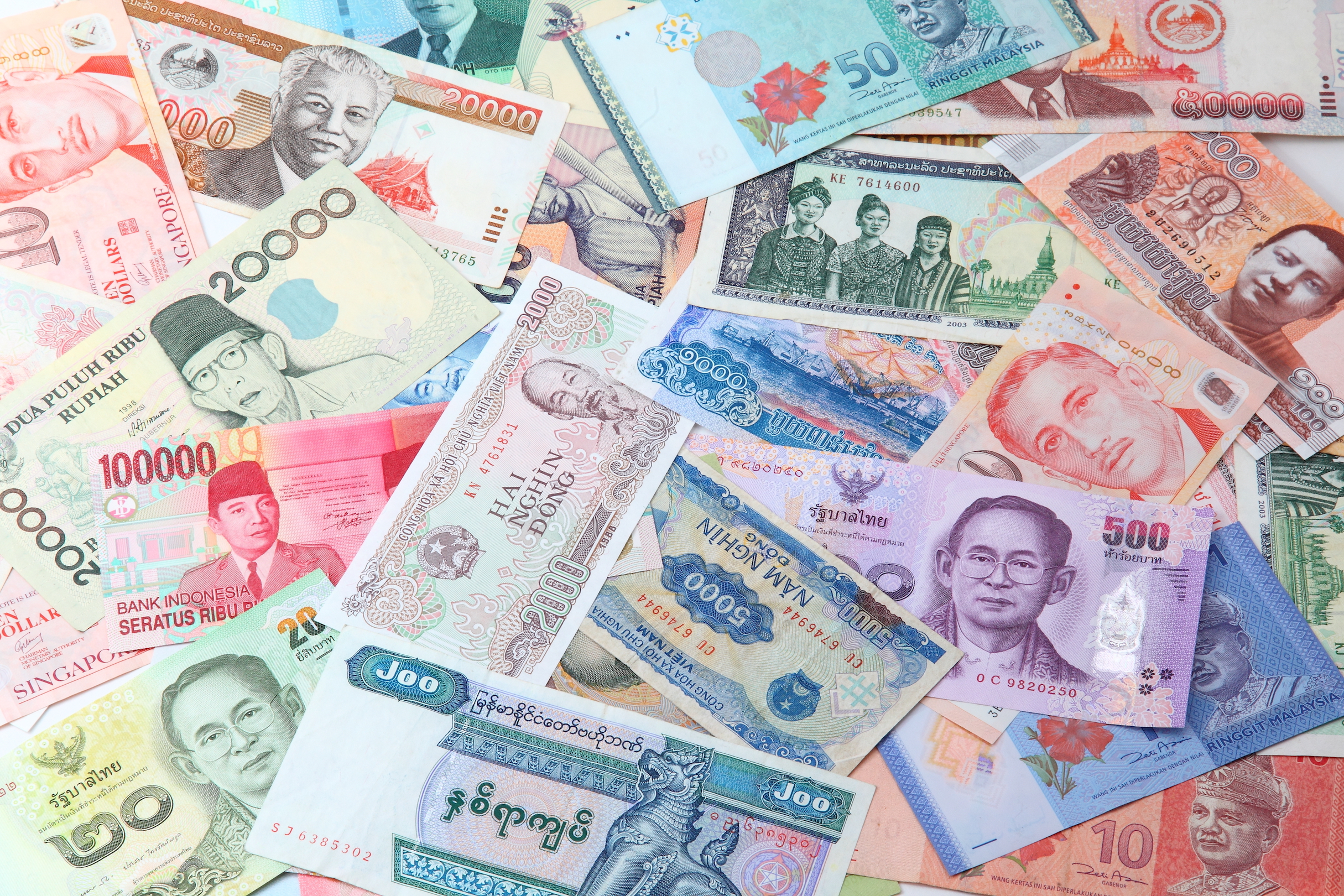China is undoubtedly the most powerful state in the Asia-Pacific region. Its economy and defence budget dwarf those of its neighbours.
Yet it faces obstacles if it wants to become a leader. The region is extraordinarily diverse. China, for example, shares territorial borders with 14 states, and it has about four sea borders as well. A number of those territorial borders are actually in dispute. For instance, the difficulties between China and India are well known. Indeed, the memory of the 1962 Sino-Indian Border War lingers, and the border has still not been fully demarcated.
China also has other border disputes. Currently, debates surrounding the South China Sea are particularly prominent. There, several actors claim sovereignty over the islands and reefs in the region. Of course, China claims sovereign control over all the features in the South China Sea.


